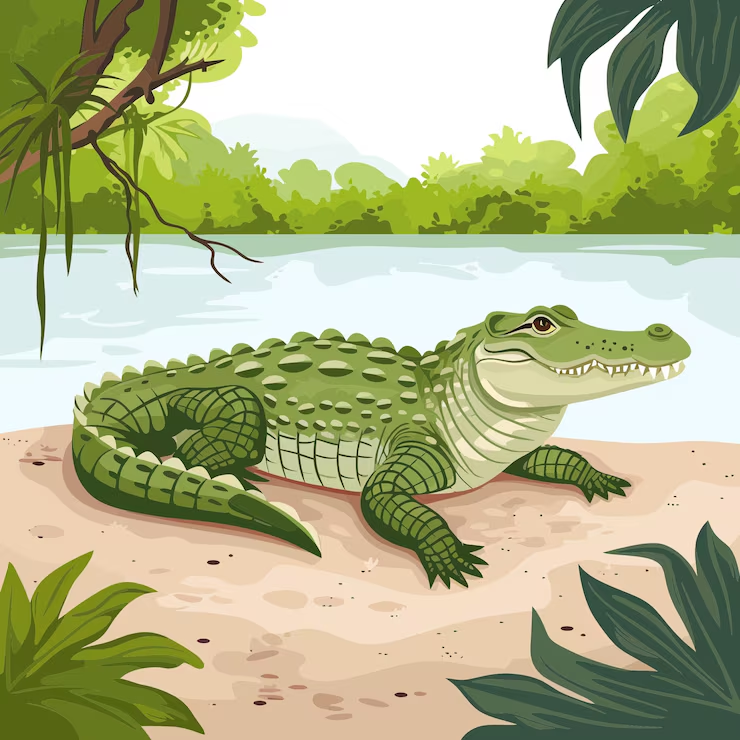Answers For [C20T4] - Research in the area around the Chembe Bird Sanctuary
Answers and detail explain for [C20T4] - Research in the area around the Chembe Bird Sanctuary
Explain
[C20T4] - Research in the area around the Chembe Bird Sanctuary

Looking at different types of conflicts that may arise between wildlife and humans at the boundaries of protected areas such as national parks and animal sanctuaries.
I'd like to illustrate this by telling you about some research that I've been involved in recently in the central African country of Zambia in the area around the ChBE bird sanctuary which contains over 300 of the listed birds of Zambia.
These include a number of birds of prey such as eagles, hawks, and owls that live by hunting and killing other birds and animals.
Now, most of the people living in the local communities near to the bird sanctuary are smallcale farmers, and these birds of prey provide important social and ecological benefits to them.
For example, 1a lot of damage can be caused to farmers crops by rodents such as rats, which would consume the crops as they grow in in the fields as well as after harvesting if they weren't hunted and killed by the birds.
And the predatory habits of these birds also protect farmers in other ways.
For example, 2a major danger to rural workers is snakes whose bite may be dangerous or even fatal. And birds of prey have a major role in keeping their populations under control.
Local people have always been aware of these benefits and for years.
Even before the sanctuary was opened in 1973, the birds played a key role in the culture of the region.
However, more recently, 3the sanctuary and its birds have also become increasingly important to the community in economic terms because at present, after a relatively slow start, tourism has become an important source of revenue for them.
However, although these birds of prey are protected by the government.
Their numbers are falling.
Some of these deaths are accidental.
4Fatalities occur when birds are light on roads to catch and eat their prey and are hit by fast-moving traffic.
4Drivers in Zambia have to take special care at night as birds may regard the quieter roads as safe places to sleep.
Accidental deaths may also occur if these birds fly close to high voltage power lines.
As they may be electrocuted.
5This is a particular danger in the heavy rain which can occur in the region in the months from December to April.
And local farmers also pose a threat to these birds.
As well as growing crops, smallcale farmers in the area also rear chickens.
These provide food for the farmers’ families as well as being an important source of income.
But they're also an easy target for birds of prey.
And so farmers may shoot these birds, which is illegal but understandable.
Or 6they may poison the birds, which again is illegal and can have negative effects on the ecosystem.
So how else can farmers protect their chickens from birds of prey?
Some people believe that to prevent the predators from settling near the area where the chickens kept.
It's best to keep this area free from vegetation.
But in fact, this is counterproductive as it means the chickens have no cover to hide in and they'll be easier for the birds to see.
Another possibility would be to prevent the chickens from going outside at all and 7to keep them safe from predators inside a building, but this would cost far too much to be a practical solution.
Nearly all the far Farmers reported that they spent a lot of time and effort trying to frighten off the birds of prey without actually harming them.
8Most of the farmers had at least one dog and said this was a big help at scaring away the predators.
Some of the farmers also reported that during the breeding season when the chickens were particularly vulnerable, 9they encouraged their children to watch over the chickens and to hit pans with a metal spoon so that the resulting noise would succeed in driving away birds that were trying to seize the young chicks.
None of these methods was 100% effective.
So, as a result, the village people told us that rather than just using one method, 10they were forced to use a combination for them to have any effect.
And even so, these birds of prey remain a major threat to the chicken's survival and cause considerable economic loss to far.
So, we looked at the possibility of a longer-term solution to...
Questions 1-10
Complete the notes below.
Write ONE WORD AND/OR A NUMBER for each answer.
The importance of birds of prey to the local communities
-
They destroy 1 (rats) and other rodents.
-
They help to prevent farmers from being bitten by 2 (snakes) .
-
They have been an important part of the local culture for many years.
-
They now support the economy by encouraging 3 (tourism) in the area.
Falling numbers of birds of prey
-
The birds may be accidentally killed
-
by 4 (traffic) when they are hunting or sleeping.
-
by electrocution from contact with power lines, especially at times when there is a lot of 5 (rain) .
-
-
Local farmers may illegally shoot them or 6 (poison) them.
Ways of protecting chickens from birds of prey
-
Clearing away vegetation from the area (unhelpful)
-
Providing a 7 (building) for chickens (expensive)
-
Frightening birds of prey by
-
keeping a 8 (dog)
-
making a 9 (noise) - e.g. with metal objects
-
-
A 10 (combination) of methods is usually most effective.
![[Forecast Q2-2025] - Biology lecture](https://static.helik.app/reading/8fd3d7d2-ccf9-47a3-8920-2e7a3b0d6607)
![[Forecast Q2-2025] - Living in the City](https://static.helik.app/reading/1a60bcf3-f3a7-4e9b-97a2-94d156a0de3b)
![[Forecast Q2-2025] - Student Union](https://static.helik.app/reading/fb443123-8c1d-447e-8c79-5a01650f4754)
![[Forecast Q2-2025] - Fruit-picking Job in an Orchard](https://static.helik.app/reading/e1968346-6c55-44ae-b8d3-f6a4fb7207b9)
![[Forecast Q2-2025] - University Crime Prevention](https://static.helik.app/reading/bdda593e-16d6-4c72-8a12-b116e917b27c)
![[Forecast Q2-2025] - Business Course](https://static.helik.app/reading/3308e282-99a6-4bcb-9d22-0b488701d968)
![[C20T1] - Choosing a restaurant](https://static.helik.app/reading/e9b21123-c43c-42fb-88b7-5d0be3a37e03)
